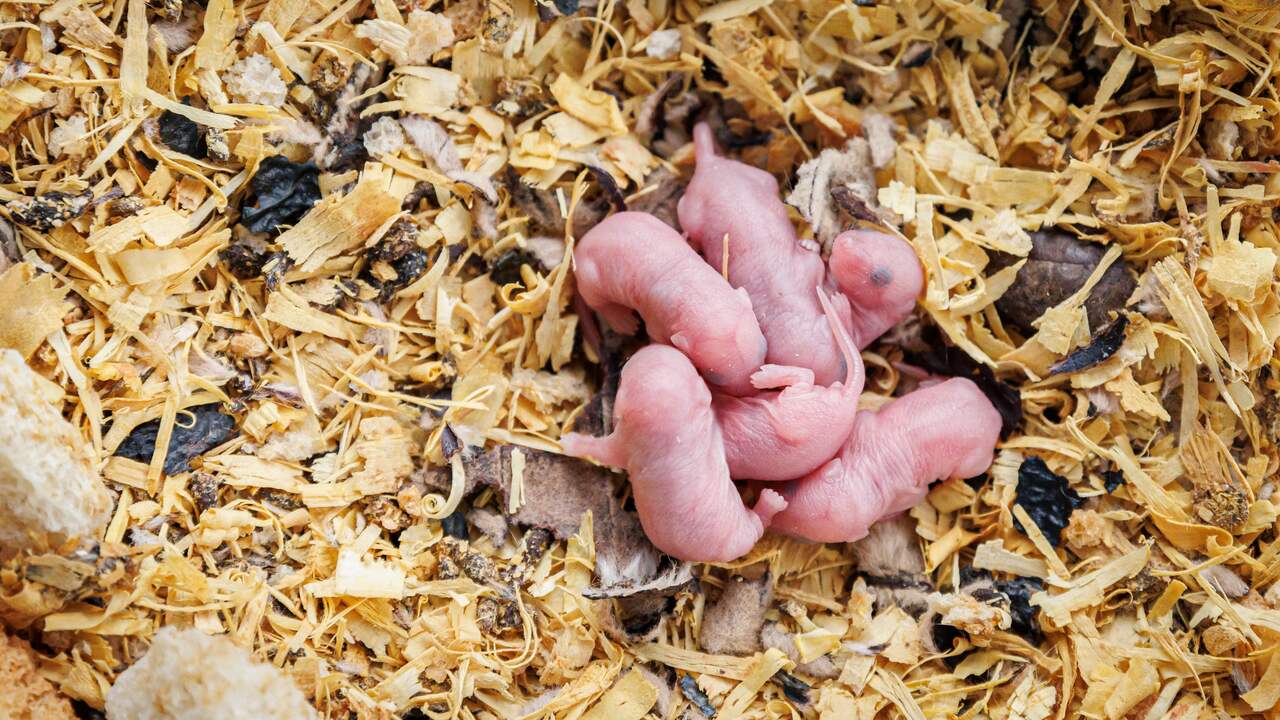The scientists first took skin cells from the tails of the male mice. They then convert the cells into special stem cells that can specialize into almost any cell type. And in this way, for example, tissue or organ parts can be made from it.
The special stem cells were grown and treated with a drug. During this process, the scientists convert the cells of the male mice into female cells. They could then make working eggs from those cells.
Those eggs were fertilized and placed in the wombs of female mice. About 1 percent of the embryos grew into live mouse pups. The mice appeared to grow normally and were able to reproduce on their own in the usual way, said study leader Katsuhiko Hayashi of Kyushu University and Osaka University in Japan.
New method can also have consequences for people
In a commentary to the study published in Nature, experts wrote that the breakthrough “opens new avenues in reproductive biology.” According to them, it could even mean that male couples can have children who are biologically theirs. A woman would still have to carry the baby.
The scientists did warn that the technique is very inefficient. They don’t yet know why such a small fraction of the embryos produced live mouse pups. They also emphasized that it is still too early to know whether the technique would work with human cells.


